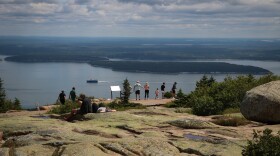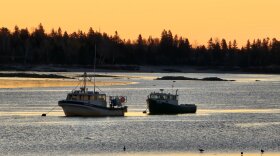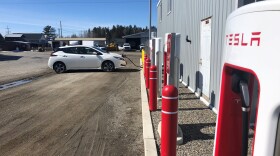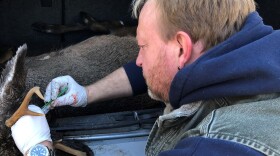The next decade is a critical time for the planet. Scientists say there will need to be a rapid, transformational shift away from fossil fuels to renewable energy to keep global warming to 1.5 degrees Celsius. That's the threshold that avoids the most catastrophic effects of climate change. Can the world meet the challenge? And what are we, all of us, prepared to do about it?

To protect life as we know it, we'll need to be climate driven — and that's the name of the ambitious project our newsroom tackled for 18 months.
The focus was on climate change in Maine, one county at a time. That meant taking a deep dive into the effects of climate change on diverse regions of the state — the coast, the western mountains, the North Woods, Down East — and reporting not only what the science tells us but what communities, businesses and individuals are doing (or not) to prepare for the future that's unfolding.
Deep Dive: Climate Driven is made possible through the generous support of Evergreen Home Performance, Lee Auto Malls, Casella Waste Systems, Maine Coast Sea Vegetables, the Maine Community Foundation, and Maine Public's viewers and listeners.

|

|

|

|

|
Loading...
(Click to view stories we have reported in each county.)
-
Farming is a big CO2 emitter. But could it be a climate solution? Wolfe's Neck is leading the chargeLast September, Wolfe’s Neck Center for Agriculture and the Environment in Freeport received a $35 million grant from the USDA to expand climate-friendly, regenerative farming practices nationwide. Now a national leader, Wolfe’s Neck Center has big plans to help farms across the country transform our food system.
-
The EPA on Monday announced that Maine will receive $3 million in funding from the Inflation Reduction Act for cutting pollution that contributes to climate change.
-
A United Nations treaty finalized over the weekend would designate 30% of the world's oceans as protected areas, and put more money into marine conservation. Advocates say it's breakthrough after more than a decade of talks.











































































